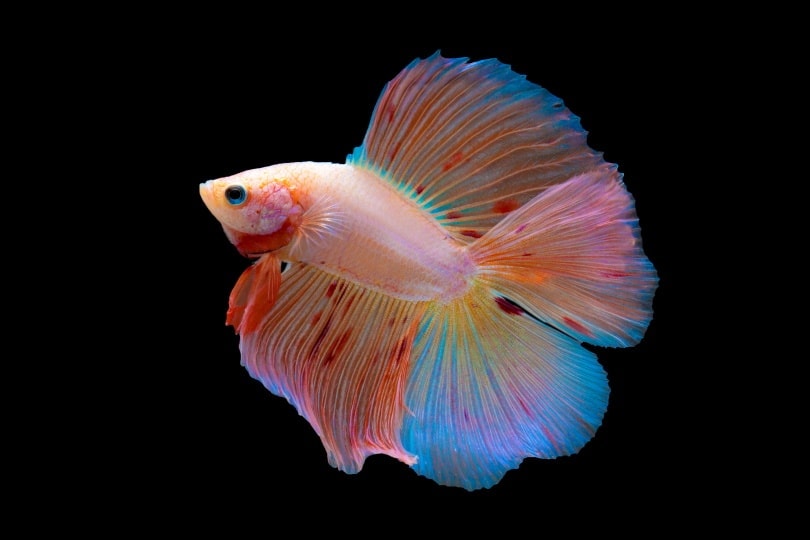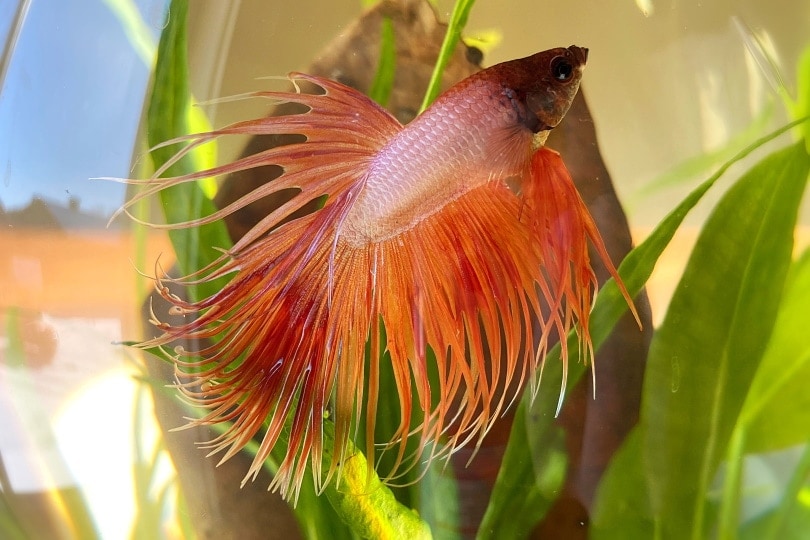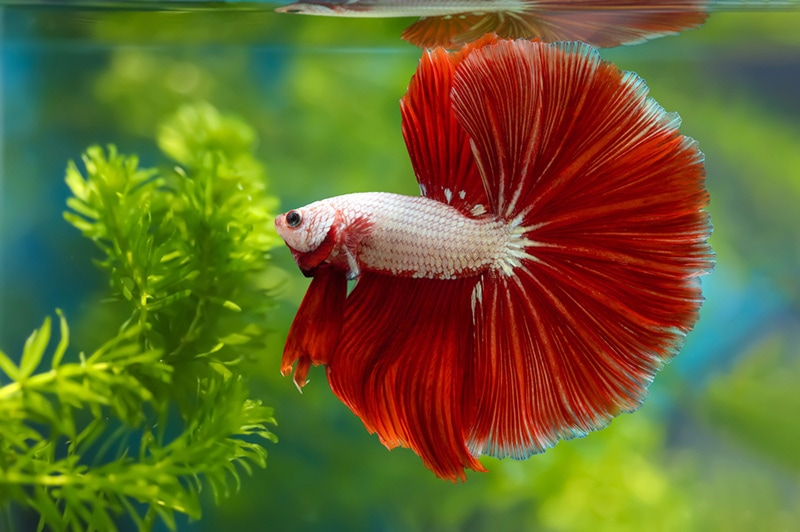Betta Hole in the Head Disease: Symptoms & Treatment
Updated on
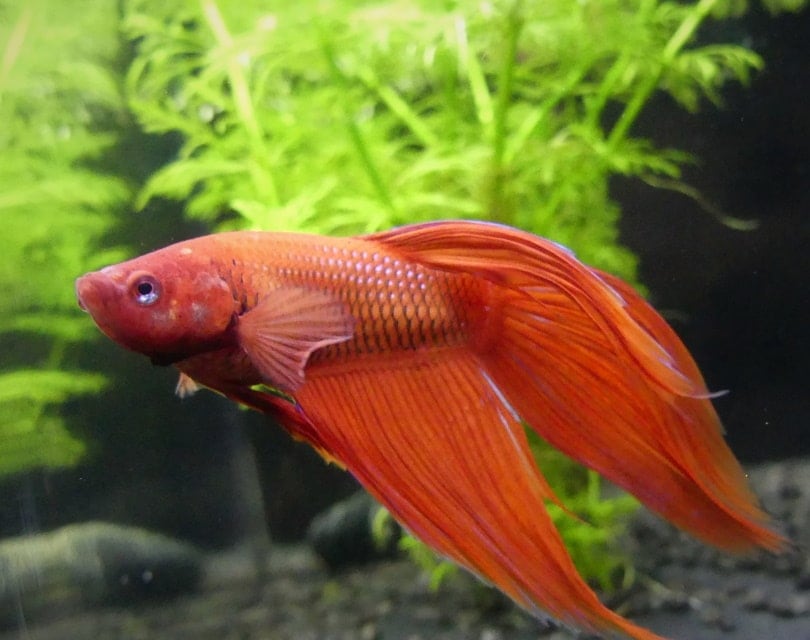
Click to Skip Ahead
There are a lot of problems that can arise in the world of fish keeping. Some of these problems are more bizarre than others, like the aptly named Hole in the Head disease. This is a disease that primarily affects tropical freshwater fish and while Betta fish aren’t particularly at risk, they can get this disease as well.
If you’ve noticed odd pitting or paleness on your Betta fish’s head and are unsure what it could be, keep reading for more information on Hole in the Head disease.
What Is Hole in the Head Disease?
This unusual disease is believed to be a parasitic infection caused by an organism called Hexamita. This parasite is believed to begin eating away at the flesh on and around the head, causing deep, pitting wounds. The other name for Hole in the Head disease is Hexamitiasis and it seems to be most common in various types of Cichlids. However, just because Betta fish are prone to getting Hole in the Head disease doesn’t mean they are immune from it.
Oddly enough, scientists aren’t completely sure if Hole in the Head disease is actually caused by Hexamita parasites or if they are taking advantage of an open wound, making things worse. It’s unclear if Hexamita create the wound or if there is another bacteria or parasite that creates the initial wound and the Hexamita parasites are opportunistically taking hold. Either way, this disease can be deadly.
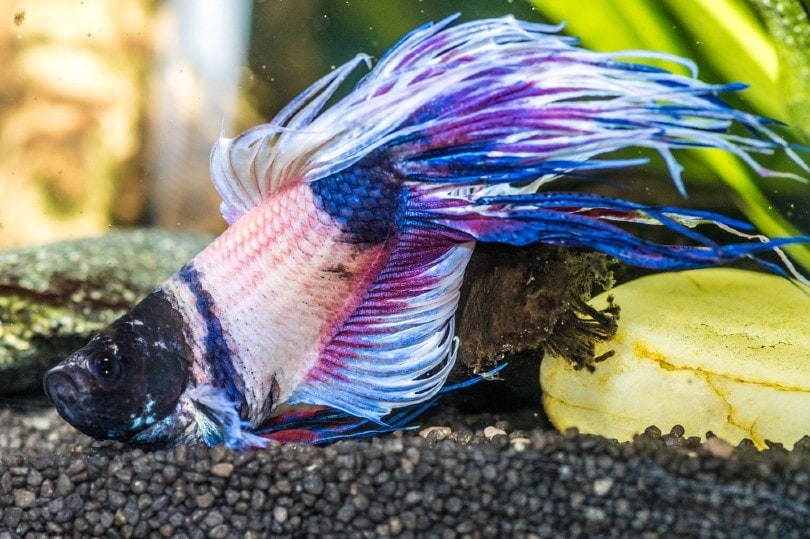
What Are the Symptoms of Hole in the Head Disease?
The primary symptom of Hole in the Head disease is a deep, pitting lesion developing, typically on top of the head. It’s not uncommon for these pitting lesions to be pale colored and not the red color you’d expect with an open wound. This open wound creates a pathway for other parasitic, bacterial, viral, or fungal infections to take hold.
Other symptoms you’ll see in your Betta fish include lethargy, inappetence, and loss of colors. You may see the development of stress stripes as well. Sometimes, your Betta will develop long, stringy, white poop. However, this isn’t always a good way to determine if your fish is sick if there are no other symptoms to go by.
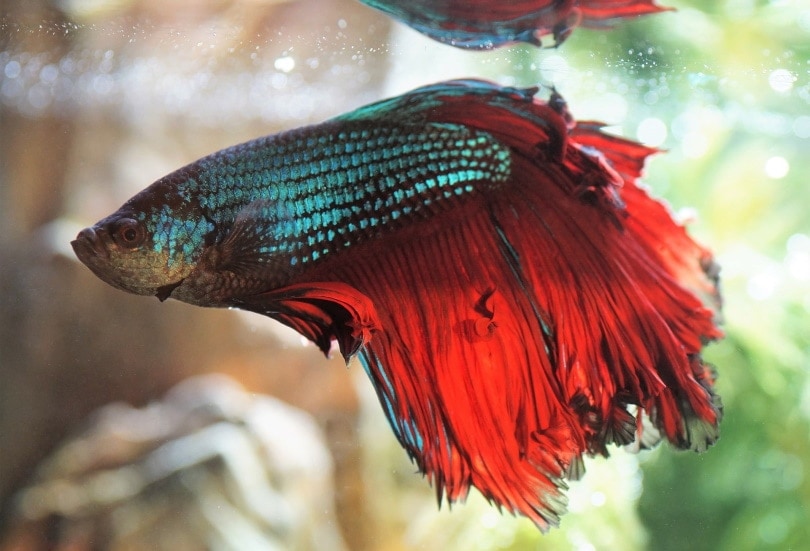
How Can Hole in the Head Disease Be Treated?
You can attempt to treat Hole in the Head disease in your Betta fish, although it can be difficult to do. Metronidazole is the top pick for treating this disease and ideally, you’d give it to your Betta via medicated food. However, if your fish is experiencing inappetence and isn’t eating, then you’ll have to treat the water.
Some parasite medications may help with this disease, but they won’t clear up secondary infections. Broad-spectrum antibiotics may work if you are unable to get your hands on a Metronidazole-based product. Be aware that Hole in the Head has a high mortality rate and fish often die within days of developing significant symptoms.
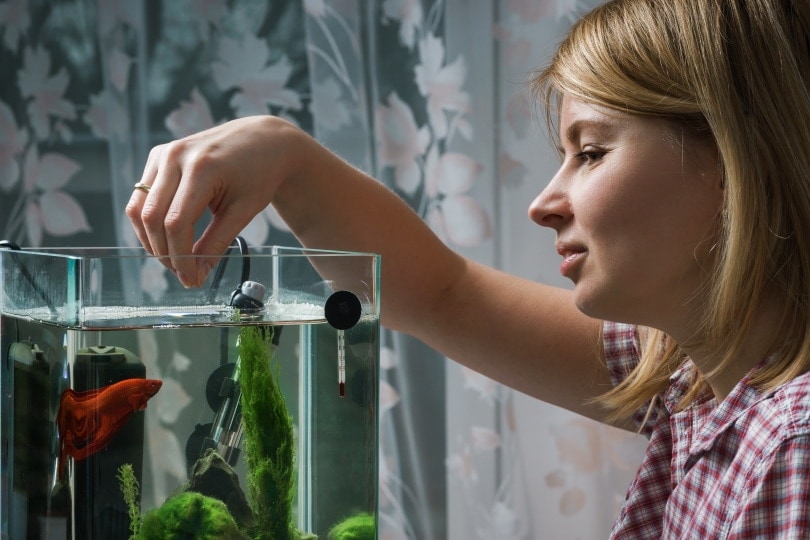
How Can Hole in the Head Disease Be Prevented?
Your strongest prevention against Hole in the Head disease is to ensure you keep your Betta’s water quality in tip-top shape. Poor water quality allows for parasites and bacteria to thrive in the tank, which increases the risk of your Betta getting sick. Poor water quality and a stressful environment can also lead to illness. In Bettas, stress can depress the immune system, making them susceptible to infections. If your Betta’s immune system is depressed and the water quality is poor, then the chances of your Betta developing some sort of ailment is very high.
Final Thoughts
This disease is unlikely to occur in your Betta fish, but it can happen, and you should work to prevent it. Maintaining high water quality will keep your Betta healthy and strong, allowing its body to fend off illnesses and infections. Hole in the Head disease can be difficult to treat and has a high mortality rate, so make sure you’re getting a good look at your Betta every day. If you’re not, then you might miss some of the early symptoms, making treatment more difficult and increasing the chance of death.
Featured Image Credit: Pixabay

